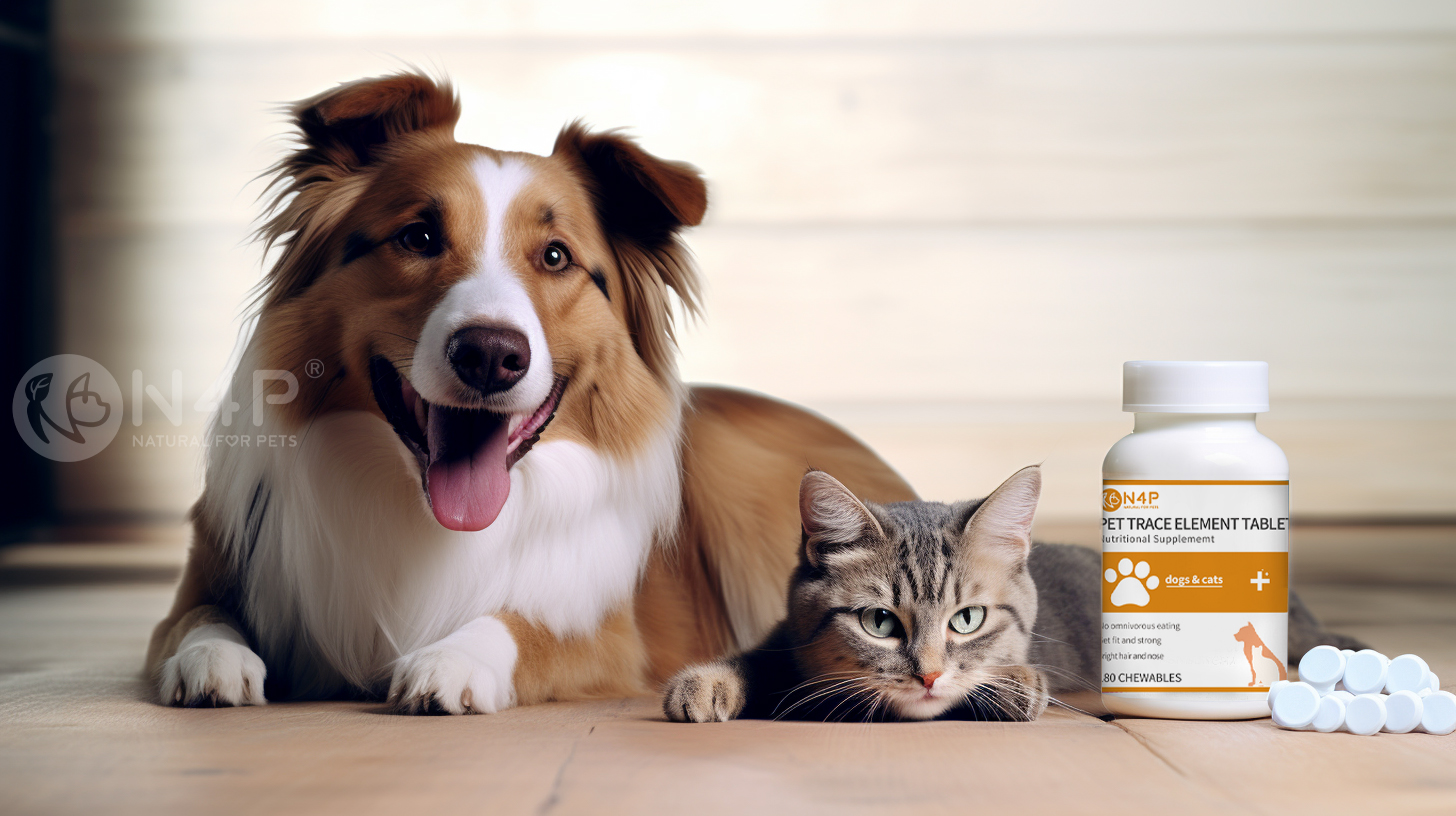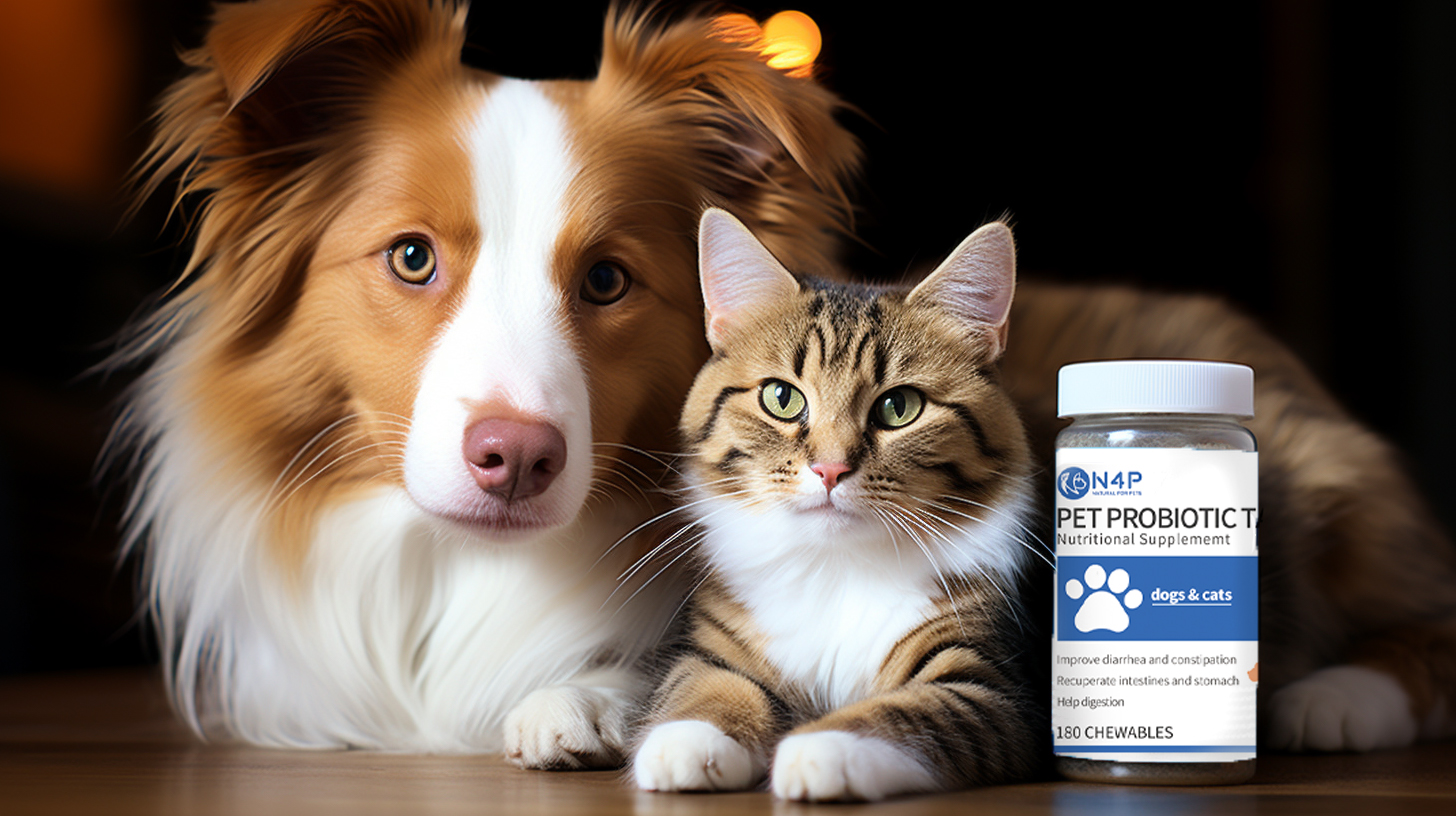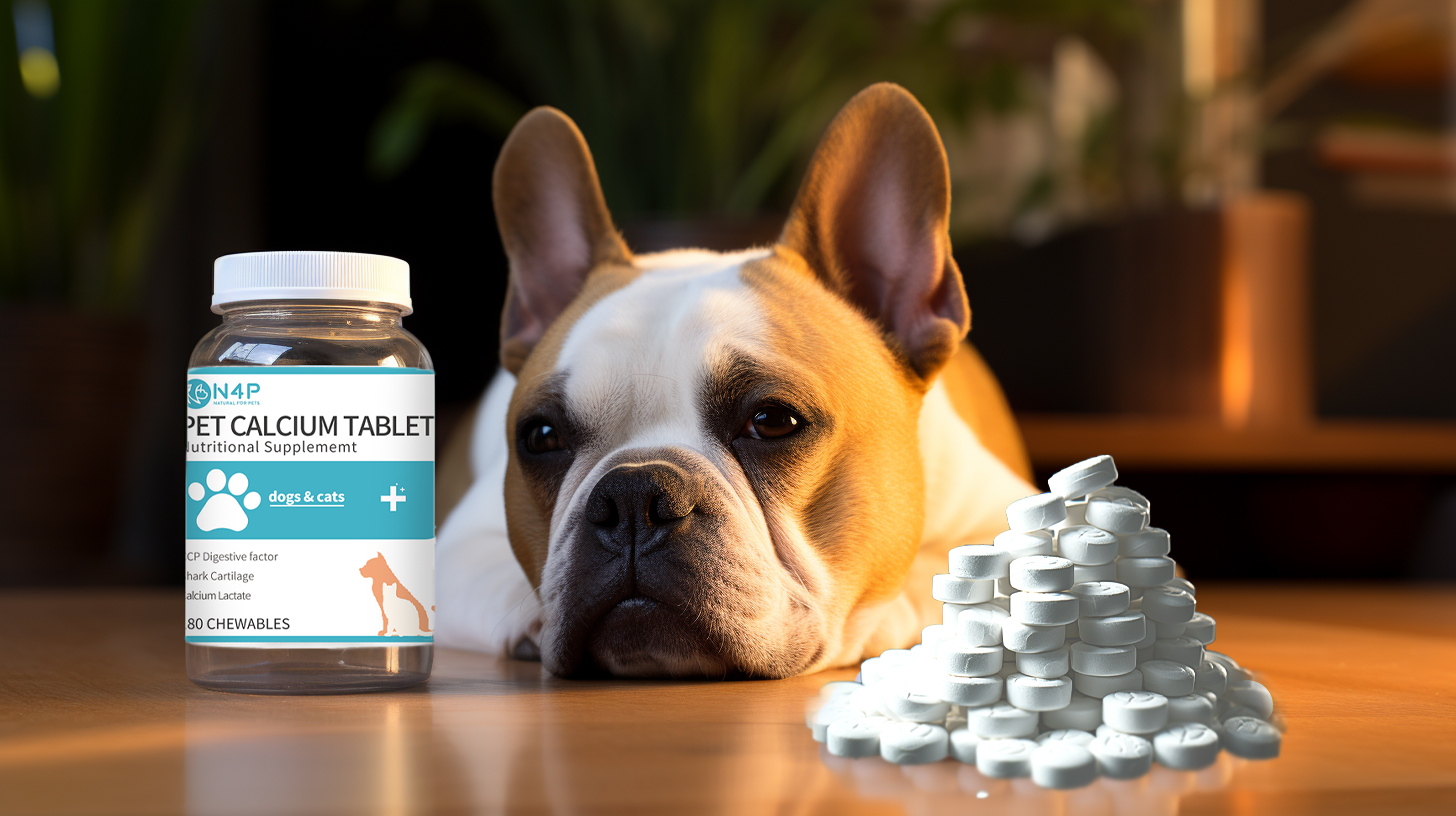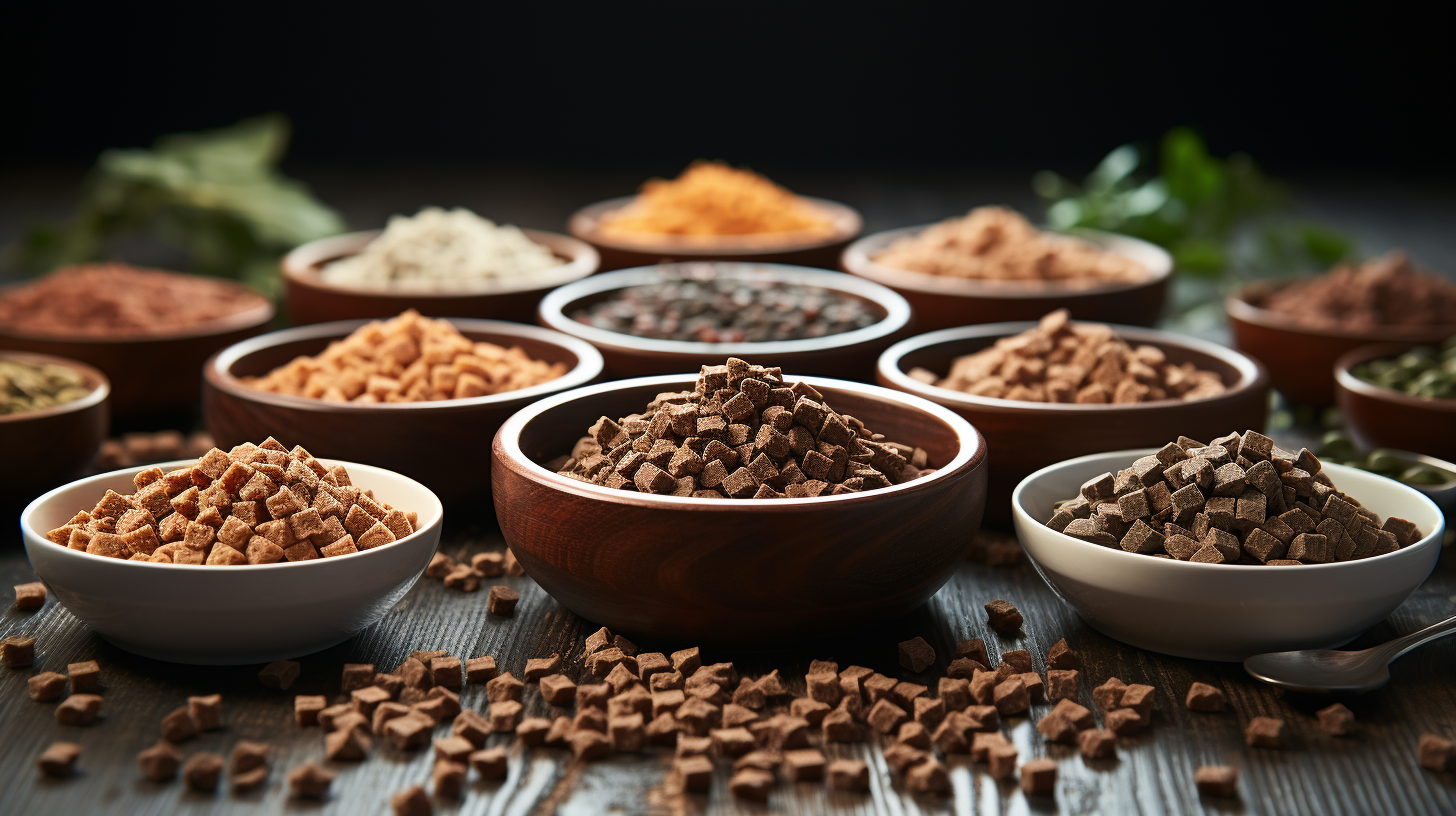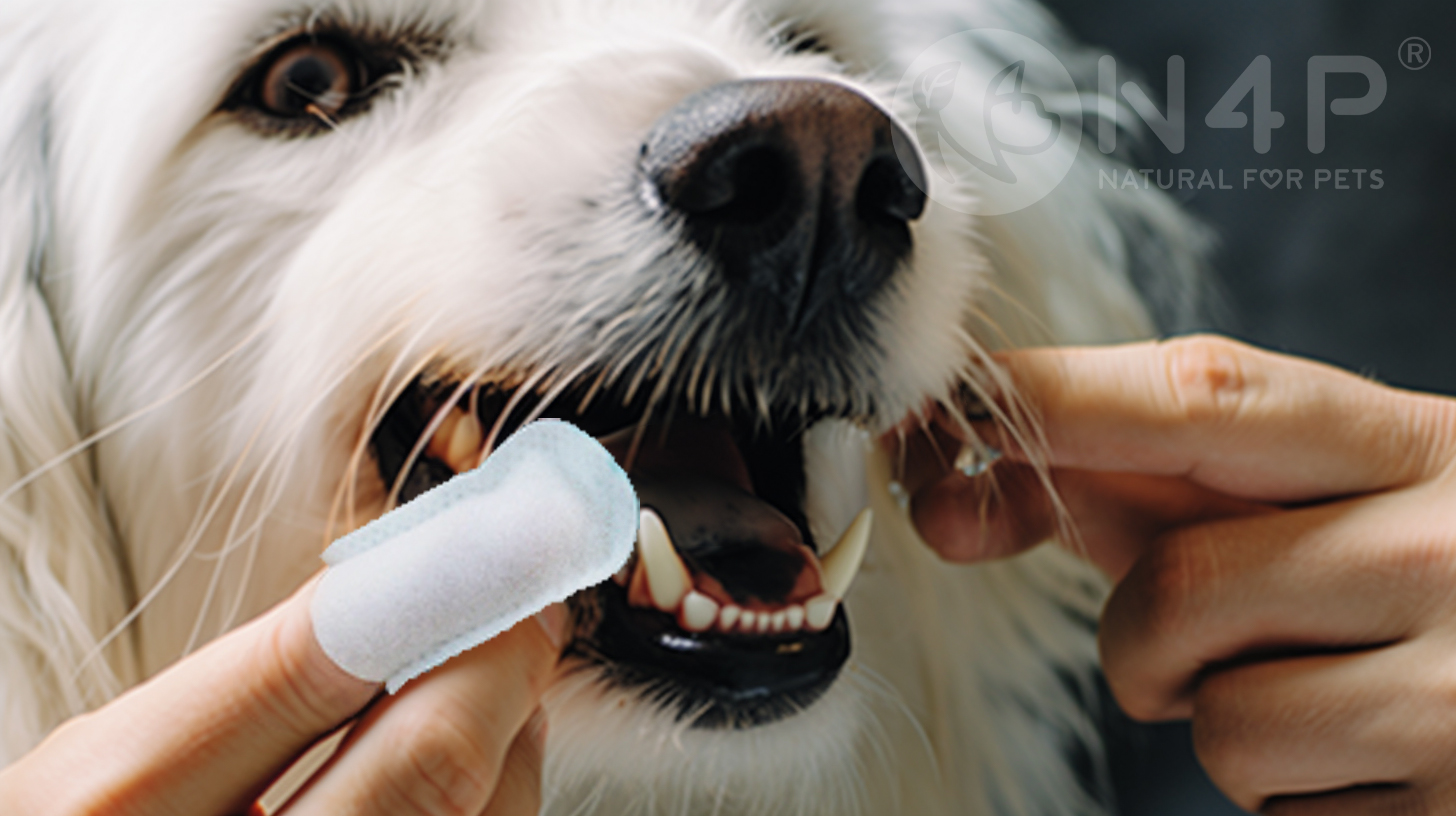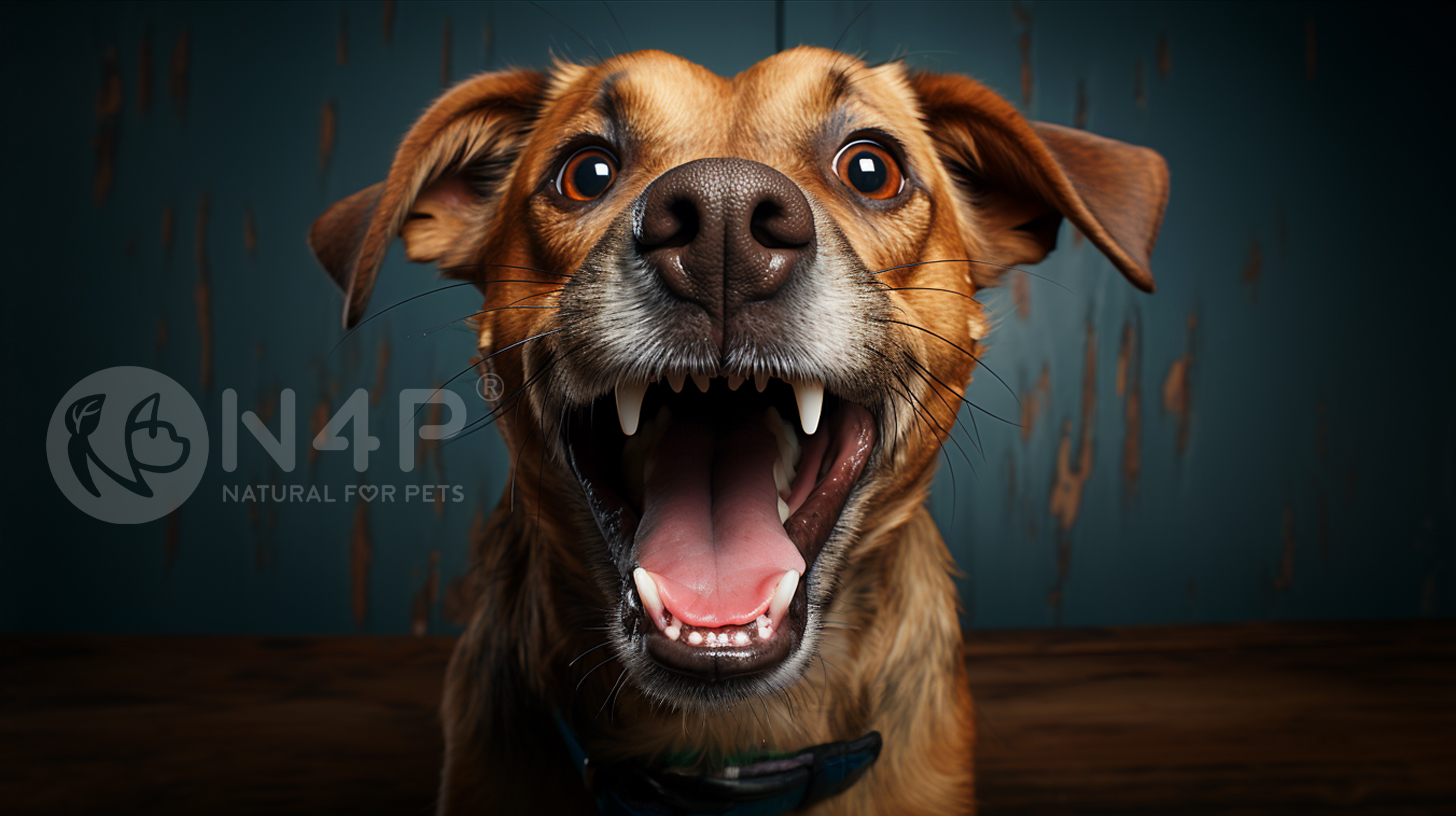Must-Dos When Potty Training a Dog
Potty training, housetraining, doing his business outside. These are all terms for the same thing: training your dog to pee and poo outside (rather than on your favorite rug). Teaching your dog this important skill set requires consistency and patience from you. Oh, but it’s worth it. ![]()
By Karen Weir-Jimerson Reviewed by Irith Bloom, CPDT-KSA, CBCC-KA, CDBC, CSAT, KPA CTP, VSPDT, CBATI, FFCP, VSDTA Faculty, DWA Faculty Updated April 20, 2022 Reviewed by Irith Bloom, CPDT-KSA, CBCC-KA, CDBC, CSAT, KPA CTP, VSPDT, CBATI, FFCP, VSDTA Faculty, DWA Faculty Advertisement Pin FB More Tweet Email Send Text Message Print
On This Page
- How Long Does It Take to Potty Train a Puppy?
- Puppy Potty Training Schedule
- House Training Tips
- Troubleshooting
There are plenty of wonderful things about welcoming a new puppy or adult dog into your home: companionship, unconditional love, puppy kisses. However, bringing home a new family member also comes with responsibilities. You need to provide the right food, enrichment opportunities, basic training, and health care to ensure that both you and your pet will live happy lives together.
One of the most important training tasks new dog owners need to invest in is potty training. If housetraining isn't a priority, the effects are easy to notice. Simply put, "You need to house-train your dog, otherwise the house gets stinky," Zazie Todd, PhD and author of Wag: The Science of Making Your Dog Happy, says.
How Long Does It Take to Potty Train a Puppy?
As any dog owner knows, getting your pet to do his business outside can be one of the most challenging parts of pet parenthood. Because puppies don't have full control of their bladders and bowels until they're about 16 weeks old, it can take weeks to months for them to be fully housetrained. Adult dogs may take just as long, depending on their past experiences and training (or lack thereof). Teaching the desired behavior early on can make life better for both you and your pet. Read on for how to find potty training success.

french bulldog waiting by door to go outside Credit: gollykim / Getty
Puppy Potty Training Schedule
Young puppies and adult dogs without past housetraining may not know how to tell you they need to go potty. Some dogs may stand quietly by the door when they need to pee or poop. Others might bark, whine, or stare at you. There are even dogs who have been taught to ring a bell on a door handle. But not all dogs will let you know they need to go out to do their business—and you can't expect anything from puppies who can't control their bathroom urges for very long. You can help set up your dog for success by sticking to a schedule.
Confinement Area
For a dog who has never had potty training, no matter their age, it's a good idea to start by setting up a confinement area and coming up with a strict hourly schedule (every half-hour is best for young puppies).
Start by arranging a confinement area where it will be easy to clean up accidents. You can use an exercise pen, a gated-off bathroom or similar tiled area, or a crate (for no longer than one hour at a time, please!). The confinement area is where the dog should be between potty breaks, when unsupervised. You can let the dog out under close supervision in order to spot early signs of needing to potty, but use the confinement area for all other times.
Potty Breaks
Take the dog out every 30 to 60 minutes when you are home and awake (at night you can usually wait until the dog wakes you up). Take the dog outside on a leash and wait quietly for five minutes. Don't talk to the dog or urge the dog; that usually only distracts them from the business of pottying. Stay in the same spot and don't let the dog wander. The more boring the situation, the more likely the dog is to potty (since there's really nothing else to do).
If the dog potties within five minutes, praise and feed a treat. Then, give the dog some supervised free time, since you know he's "empty." If he does not potty within five minutes, put him back into his confinement area, wait 10 to 15 minutes, and try again. The goal is to teach the dog to potty as soon as he is in the right place, which then earns him praise, treats, free time, and maybe even play.
Continue this routine for two or three days, keeping a log of what happens. Most dogs will have a general pattern for pottying, so you'll quickly figure out that they don't need a 2 p.m. outing, but definitely need to potty at 3 p.m., for example. Over time, you'll be able to take fewer and fewer potty breaks (though this may take longer with puppies). The important thing to remember is that the more times your puppy or adult dog potties in the right place, the faster they will learn where to potty.
Timing and Routine
Todd says a general rule of thumb is that "puppies can hold it for one hour for every month of their age," but this is a maximum, and many puppies will soil their crate if you force them to wait several hours. When you see your puppy starting to squat, "pick them up and rush them outside," Todd says. Puppies should also be taken outside for potty breaks right after eating, drinking, sleeping, playing, and exercising because they often need to pee or poop soon after.
Adult dogs should go outside to go to the bathroom at least three to five times a day. You'll get a better idea of your own dog's needs once you've learned their potty patterns. Smaller breeds and younger dogs may need to pee more often. As mentioned above, crate training may also help with potty training as long as the dog gets adequate potty breaks. In general, adult dogs should not be left in a crate for more than four to five hours and puppies should stay no longer than they can generally hold it at their age.
Feeding Schedule
Sticking to a feeding schedule will also help with potty training. Load in, load out: it's just the way things work. The Humane Society recommends a daily feeding schedule for adult dogs and puppies alike, though depending on a puppy's age, that will likely mean three to four feedings a day. After each meal, bring your dog outside and allow time to pee and poop. When you keep a consistent feeding schedule, you'll also be working your way toward a more consistent elimination schedule. It's a win-win for all parties involved in potty training your dog.
House Training Tips for Puppies
According to Todd, how successful you and your dog are with housetraining is all up to you and your management. These tips will help you get on the right track:
Reward for Success
When you praise your dog's success (aka, peeing outdoors, not indoors), your dog will learn that this action is praiseworthy. After all, who doesn't love an "attaboy"? Praising and lavishing them with kudos and treats after they relieve themselves outside will help them understand this is a good thing.
Todd endorses positive reinforcement when it comes to potty training your pooch. "Reward them, throw them a party," she says. "Make going to the bathroom outside a good thing to do." Todd stresses there should be no punishment involved in housetraining. "Punishment is the opposite of housetraining. It will set you back," she says. "Punishment for accidents suggests that your dog shouldn't go to the bathroom in front of you. Instead, your dog learns to sneak off and go elsewhere in the house."
Don’t Panic Over Accidents
If your dog makes a boo-boo on the floor and you witness it, immediately take your dog outside. Be as calm and relaxed as possible—otherwise, your dog may start to think that pottying in front of you is bad news, as Dr. Todd mentioned. Also, keep in mind that if you find an unpleasant gift on your rug after the fact, your dog won't associate the stain on the rug with the need to go outside. You can't reprimand a dog for past deeds. "If you find an accident, there's no point in taking your dog back to it," Todd says. Reprimanding your dog for a past deed—even one that was 10 seconds ago—may make your pet afraid of you.
Todd stresses you should never yell at your dog. "It's unlikely the dog will understand why you are yelling," she says. "This is especially the case if there is a time lag between the mess being made and you discovering it." If your pet does make a mistake, make sure to clean it up with a good enzyme cleaner that will help eliminate odors so that your dog isn't drawn to use that spot again.
What to Do If Your Puppy Keeps Peeing or Pooping Inside the House
If you find that your puppy or adult dog is still having accidents inside despite weeks of consistent training, then it's time to look for the root of the problem and address it. Start by contacting your veterinarian, who can look for medical problems affecting your dog's ability to control peeing and pooping.
If your vet has ruled out health concerns, then you may need a little professional help. Your dog may have past experiences or specific traits that are keeping him from understanding potty training. Seek assistance from a certified animal behavior consultant who can help you understand your dog's challenges and work with your dog in a more effective way.
